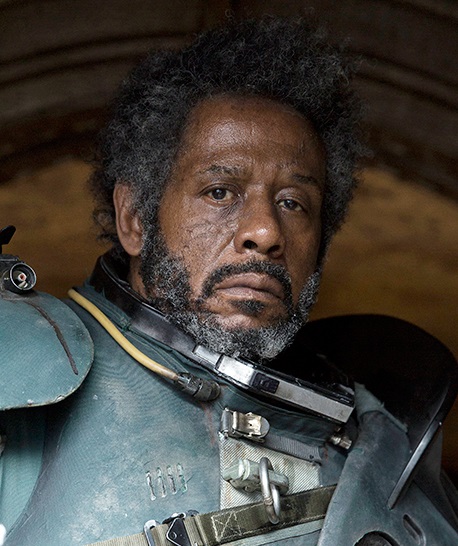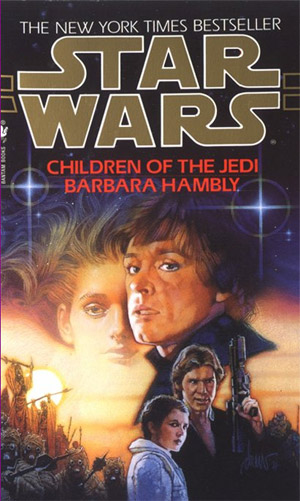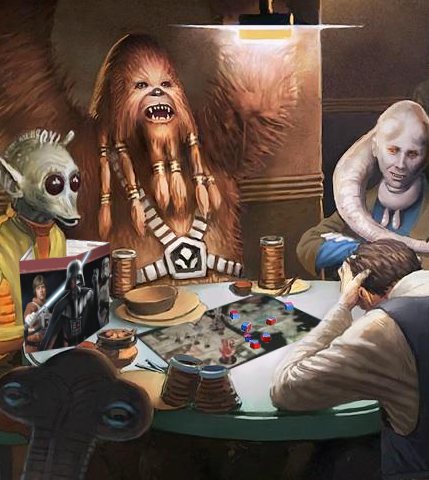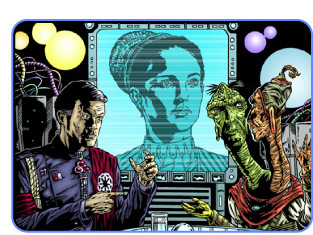HEAVY SPOILERS: ABANDON ALL HOPE YE WHO ENTER HERE
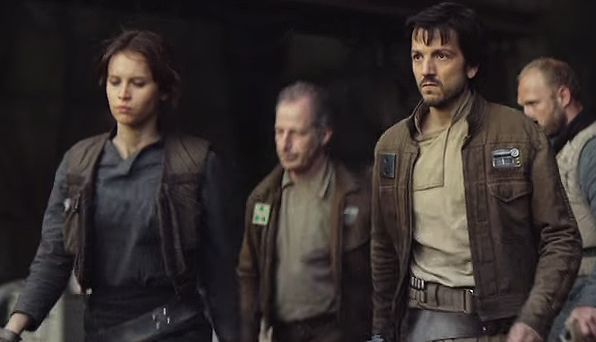
When Disney bought Lucasfilm and brought Star Wars back from the obscurity of tie-in media and into the 21st century of cinema through The Force Awakens, one of the most commonly heard complaints was that the movie was too safe. Unlike the prequels, that for all their failings had tried to explore new narrative territory, the first movie in the sequel trilogy seemed happy to give us three fantastic new characters and then drop them in the middle of common places, well-worn storylines, and a neverending series of cameos and winks to the past.
While it can certainly be argued that this nostalgic exercise was exactly what Star Wars needed to be a commercial powerhouse once again, Rogue One takes the opposite approach: it takes place in a very safe point in the timeline, one where X-Wings and stormtroopers and even Darth Vader are common place; it takes one of the most often told stories in Star Wars lore, that of the damned theft of the damned Death Star plans; and what it gives us is the most audacious Star Wars movie so far, one more than willing to alienate its typical family-friendly audience for the sake of telling the story it wants to tell.
